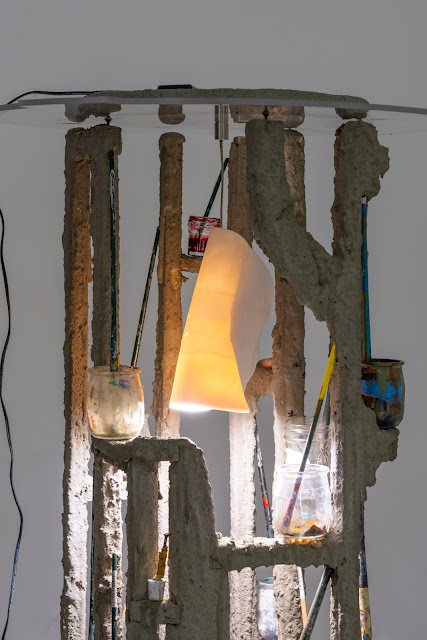Sand Choiring: That’s Reality
A Reflection
By Steve Hubert
I’m drawn to the look and feel of equipment. For example: before testing out a boombox or food processor, I’ll sit there marveling at the many specialized parts—knobs, angles, materials, even smells. I’ll notice the controls, parameters, articulation points, abrupt changes in texture, squeaks and clicking sounds. With equipment, every design decision matters. It needs to work. The interface should be clear. But I ask, “what does working look like?”
For some, good design translates as the shortest path a part can take on the way to functionality. But even better? When a designer puts a flourish on a part—takes it to the next level. The part is a bit more than it needs to be. It’s a statement. Eg. a Gigatube speaker doesn’t have to look like it does. But thank God it looks like that! Maybe the designer was like: “what if the bandpass resonant tube is part of the exterior? I will not hide the fact that this box is not a sealed enclosure.” Even so, there are rules for what can and cannot happen. This designer remembers the limits of appearance because equipment, for all its flair, still needs to work.
I know well the many objects and elements of these sculptures because they’ve been cycling around my studio for a while now. They’ve been diWerent things: a prop for a film, an outfit from a fashion show, a Halloween costume, a lighting pendant from a business experience. Now I can move these parts into new, unfamiliar contexts and try to balance my compositional sensibilities with the needs of a working model. Because a designer knows there are rules for what can and cannot happen. And I want to know: “what does working look like?”



















